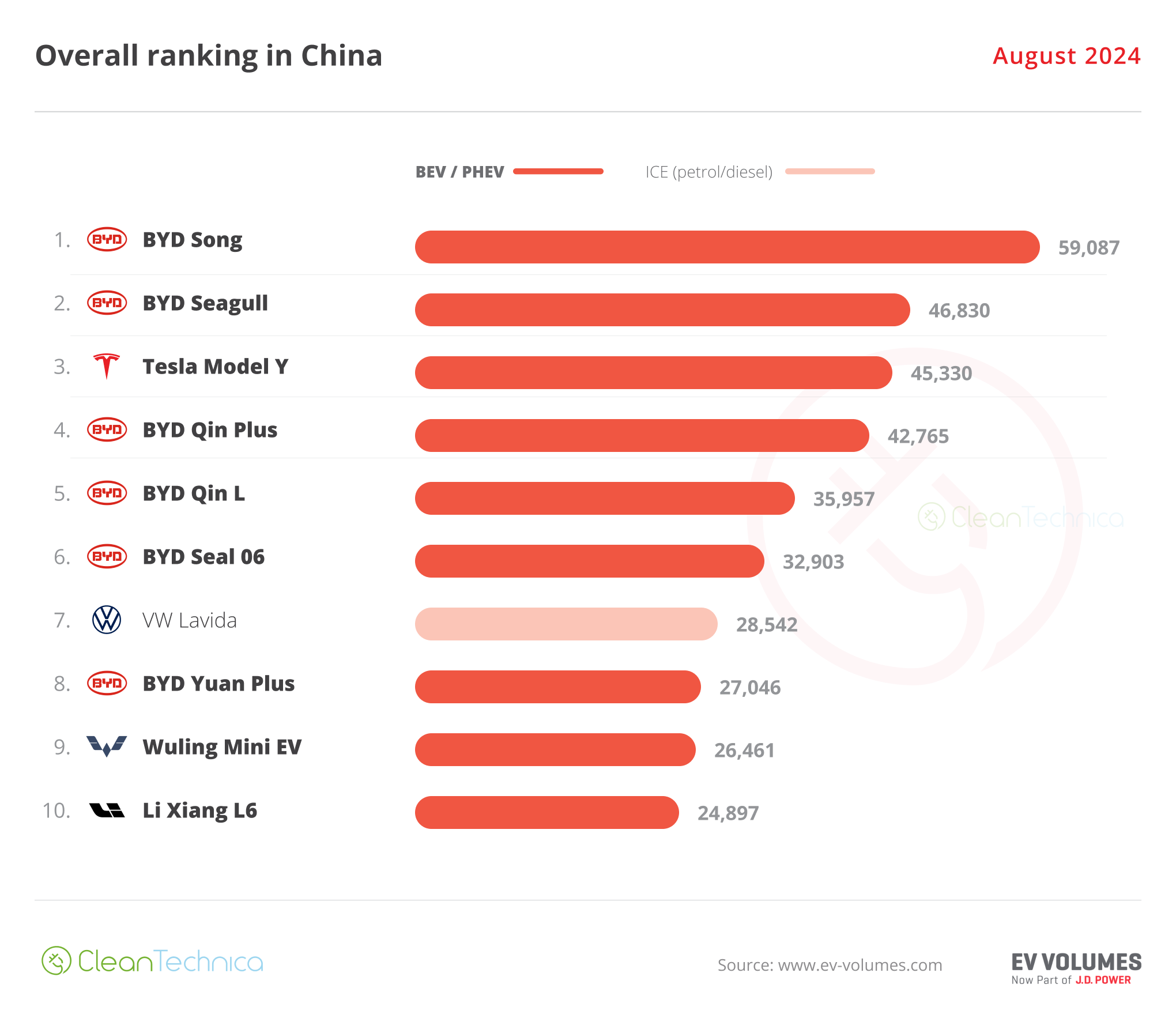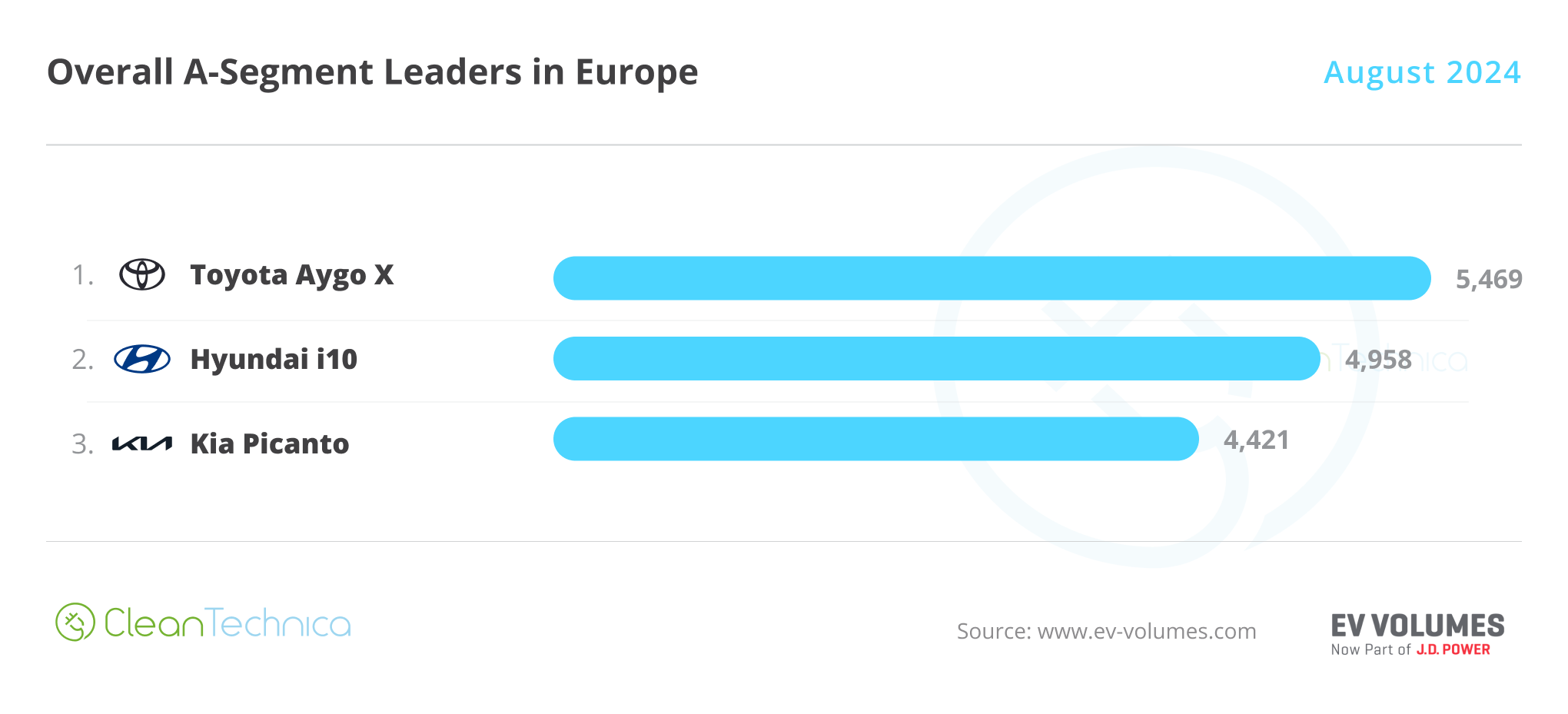Sign up for daily news updates from CleanTechnica on email. Or follow us on Google News!
A new PNNL-developed resource sizzles with information for selecting and installing an energy-efficient technology to meet household hot water needs
Efficient heat pump water heaters (HPWHs) desire nothing more than a warm reception in America’s homes, but sometimes they end up on the outside looking in.
It isn’t due to a lack of hospitality. Rather, there’s a need for more public awareness and understanding of this modern, energy-saving technology.
To provide homeowners and installers with the latest information, the HPWH Installation Tool, developed at Pacific Northwest National Laboratory (PNNL), has been released by the Department of Energy (DOE) for public use. This new resource provides guidance for sizing and selecting residential HPWHs, with a focus on overcoming installation barriers.
“We designed the tool to help installers, sales associates, homeowners, and others to understand how to accommodate heat pump water heaters as replacements in existing homes,” said PNNL’s Josh Butzbaugh, lead researcher on the project. “Some folks are more familiar with traditional water heating products, and may tend to shy away from newer technologies for a variety of reasons. We wanted to provide a tool that helps installers and consumers with the decision-making and installation processes and, hopefully, results in broader use of heat pump water heaters.”
A HPWH is similar in appearance to a traditional water heater, but employs technology that extracts heat from the surrounding air to warm up the water in its tank. The units are known for their efficiency, which translates to energy savings and reduced carbon emissions.
In addition to those benefits, the federal Inflation Reduction Act provides tax credits to homeowners who purchase and install this new technology, up to $1,750 per unit.
The challenge
HPWHs are considered key contributors in America’s transition to a decarbonized energy future that will involve increased reliance on renewable clean electricity sources such as wind and solar power. But HPWHs are typically not the first choice of installers or homeowners.
“These water heaters are viewed by many as a new, novel technology. The installation workforce often is not familiar with them or their benefits, nor versed in installation procedures,” noted PNNL’s Abinesh Selvacanabady, who served as manager of the installation tool project.
The tool helps remedy lack of HPWH knowledge. Installers, homeowners, or others can readily access information that identifies various installation considerations, explore the available makes and models for a given home, and find the proper size.
“Sizing is where the magic is,” Butzbaugh asserted. “If sized properly, the HPWH will meet the hot water needs of a home and family.” Conversely, less-than-optimum sizing could, under certain conditions, result in lukewarm water and a chilly homeowner reception.
How the installation tool works
Tool users are queried on the specific location of the home (which identifies the appropriate climate zone), home characteristics, the hot water heater’s planned location, and other details. Potential barriers to installation and operation, such as airflow and height constraints, condensate management, and electrical wiring/panel capacity, are addressed in a question-and-answer type of format.
In most cases, it will take users a matter of minutes to enter the pertinent information. The tool then provides recommendations for HPWH type and size, as well as specific installation guidance. The tool also offers best practice suggestions and information about incentives and tax credits.
In designing the tool, researchers consulted with a variety of organizations, ranging from other national laboratories and regional energy efficiency entities to state energy programs and installers in California, Oregon, and Washington.
In the future, Butzbaugh is hopeful the installation tool will be included in training programs for installers and for workers in product call centers, retail sales, and customer service who field questions from potential water heater customers. He also envisions its use in utility and union training programs.
“Obviously, we’re hoping the decision tool gets a lot of use in the marketplace. We want it to be used and we’re confident in its capabilities. We also want to hear feedback from users to continue to make improvements,” Butzbaugh noted.
The tool’s development was funded through the DOE Building Technologies Office’s Residential Building Integration program.
Read DOE’s news release on the HPWH Installation Tool.
Courtesy of PNNL.
Have a tip for CleanTechnica? Want to advertise? Want to suggest a guest for our CleanTech Talk podcast? Contact us here.
Latest CleanTechnica.TV Videos
CleanTechnica uses affiliate links. See our policy here.
CleanTechnica’s Comment Policy





